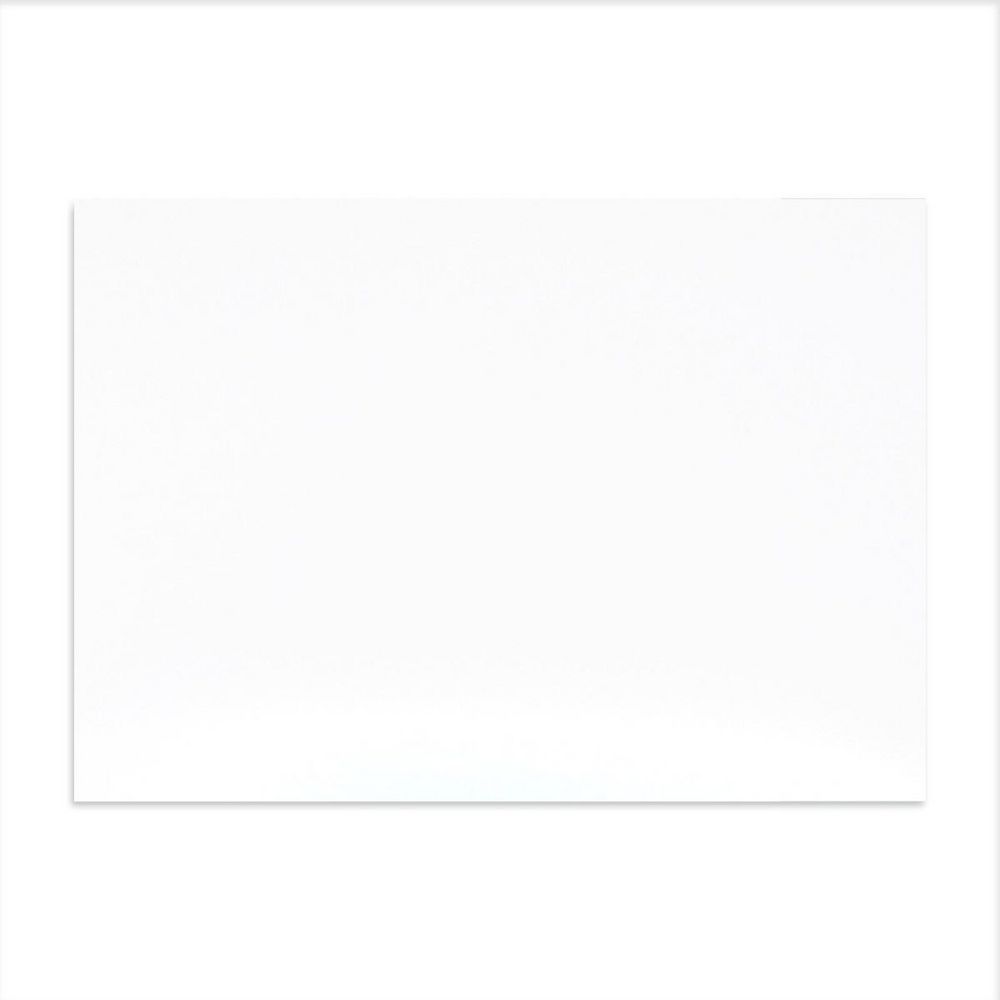In the realm of 3D printing, the choice of material can significantly influence the performance, durability, and application of the final product. Among the myriad of options available, one question frequently arises: What is the strongest plastic for printing? This inquiry is not merely academic; it has practical implications for industries ranging from aerospace to medical devices. In this article, we will delve into the characteristics, applications, and comparisons of the strongest plastics used in 3D printing, providing a comprehensive guide for enthusiasts and professionals alike.
Understanding Strength in Plastics
Before identifying the strongest plastics, it is essential to understand what strength entails in the context of materials. Strength can be categorized into several types:
- Tensile Strength: The resistance of a material to being pulled apart.
- Compressive Strength: The ability to withstand axial loads that tend to reduce size.
- Flexural Strength: The capacity to resist deformation under load.
- Impact Strength: The ability to absorb energy during plastic deformation.
Each of these properties plays a crucial role in determining the suitability of a plastic for specific applications.
The Strongest Plastics for 3D Printing
- Polycarbonate (PC)
Polycarbonate is often hailed as one of the strongest plastics available for 3D printing. With a tensile strength of approximately 9,000 psi and excellent impact resistance, PC is ideal for applications requiring durability and toughness. Its high heat resistance (up to 135°C) makes it suitable for engineering applications, including automotive and aerospace components. However, PC can be challenging to print due to its tendency to warp and require precise temperature control.
- Nylon (Polyamide)
Nylon, particularly Nylon 12, is another contender in the strength category. Known for its excellent tensile strength (around 7,000 psi) and flexibility, Nylon is widely used in functional prototypes and end-use parts. Its resistance to abrasion and chemicals further enhances its appeal in industrial applications. However, Nylon's hygroscopic nature means it absorbs moisture, which can affect its mechanical properties and print quality.
- Polyether Ether Ketone (PEEK)
PEEK is a high-performance thermoplastic that boasts exceptional mechanical properties, including a tensile strength exceeding 15,000 psi. This material is resistant to high temperatures (up to 260°C) and harsh chemicals, making it a favorite in the aerospace and medical sectors. However, PEEK requires specialized printing equipment and conditions, making it less accessible for hobbyists.
- Acrylonitrile Butadiene Styrene (ABS)
While not as strong as the aforementioned materials, ABS is a widely used plastic in 3D printing due to its balance of strength, flexibility, and ease of printing. With a tensile strength of around 5,000 psi, ABS is suitable for a variety of applications, including consumer products and prototypes. Its ability to be easily post-processed (sanded, painted, etc.) adds to its versatility.
- Polypropylene (PP)
Polypropylene is known for its excellent fatigue resistance and impact strength. Although its tensile strength is lower than that of Nylon or PC, it excels in applications requiring repeated flexing or bending. Its chemical resistance makes it suitable for containers and automotive parts. However, its low surface energy can make adhesion during printing a challenge.
Comparing Strengths: A Practical Approach
When selecting the strongest plastic for a specific application, it is crucial to consider not only the tensile strength but also the intended use case. For instance, while PEEK offers unparalleled strength and thermal stability, its cost and printing complexity may not justify its use for all projects. Conversely, Nylon may be the best choice for applications requiring flexibility and impact resistance without the need for extreme temperatures.
Conclusion: Making the Right Choice
In conclusion, the strongest plastic for 3D printing depends on the specific requirements of the project at hand. Polycarbonate, Nylon, PEEK, ABS, and Polypropylene each have unique strengths and weaknesses that cater to different applications. Understanding these materials' properties and how they align with your project needs is essential for achieving optimal results in 3D printing.

